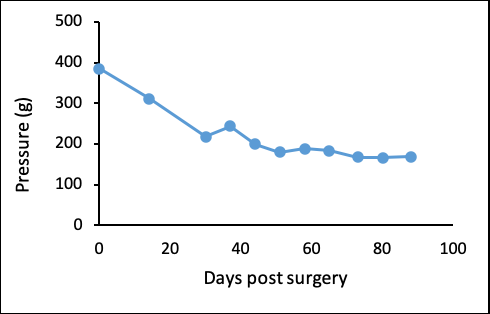Preclinical Neuropathic Pain Model
In the SNL model of peripheral neuropathy, the L5 and L6 spinal nerves are isolated and can either be cut or tightly ligated with surgical silk. Axonal degeneration occurs, with all types of axons being approximately equally affected. Pronounced mechanical allodynia follows, accompanied by spontaneous pain behaviors, cold allodynia, which lasts for months with no recovery.
Study Options
- Rat L5/L6 ligation
- Rat L5 only ligation
- Model length: up to 30 days
- Readouts: tactile allodynia (von Frey)
- Endpoints: histology, biomarker analysis (protein or mRNA levels in sciatic nerve or serum/plasma)
Assessments
Neurological disorders often result in a combination of motor and cognitive deficits. Thus, behavioral assessments in conjunction with physiological readouts offer a broader understanding of the basic biological mechanism of disease and cognitive impairment, highly relevant to therapeutic developments.
Behavior
Pain behavior tests assess the response to various pain stimuli.
Biomarkers
Evaluate pro-inflammatory and anti-inflammatory biomarkers from CSF samples.
Histology
IHC and histological staining to evaluate inflammatory markers in the paw skin.
Electrophysiology
Evaluate spontaneous nerve firing using in vivo electrophysiology.
Scientific Data
Changes in paw pressure (g) following Spinal Nerve Ligation in the SNL peripheral neuropathy model.

Review the complete dataset.
![]()
Peripheral Nerve Injury Datasheet
Complete the short form for instant access to the complete data set.




